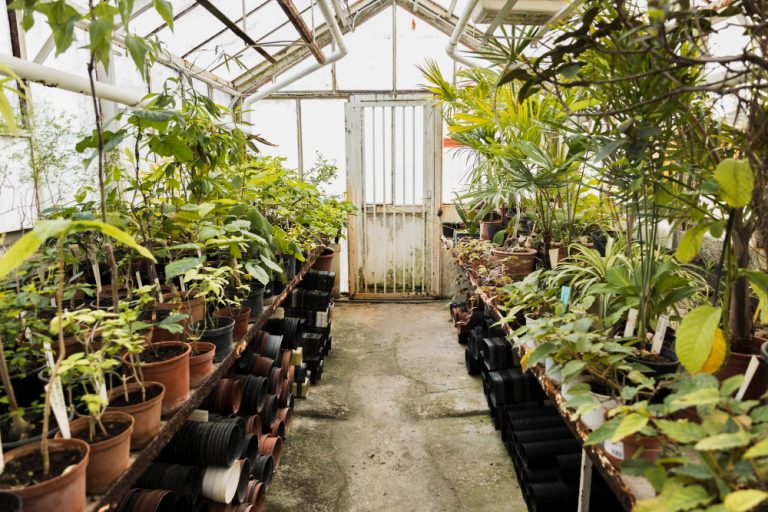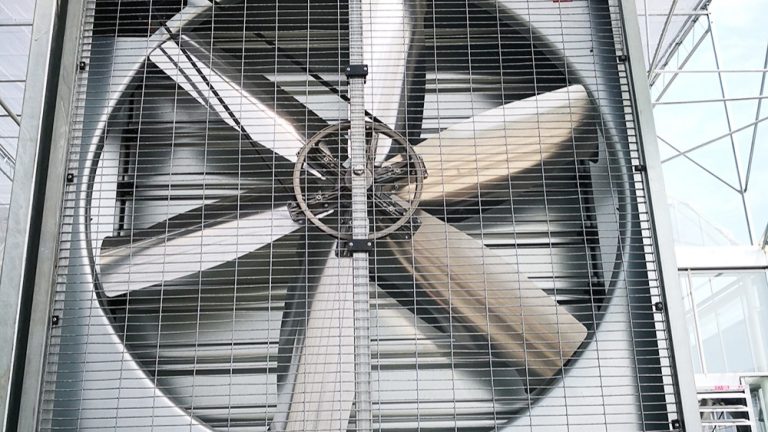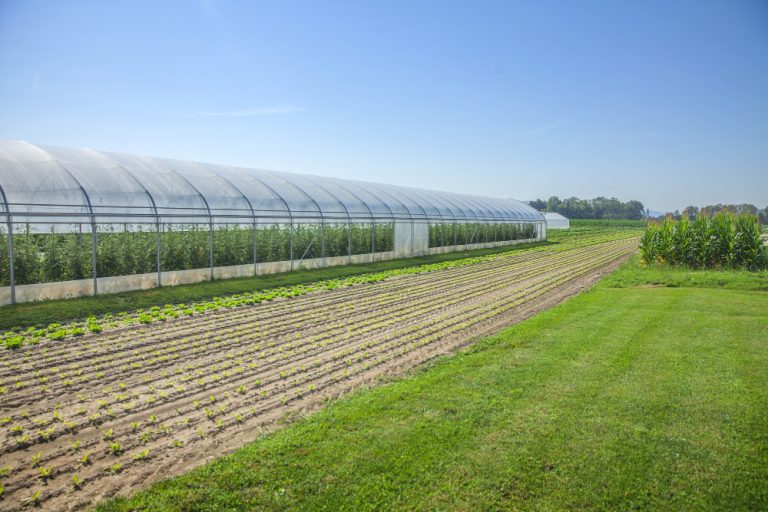Plants grow better in a greenhouse due to the controlled environment it provides, which creates optimal conditions for plant growth. Here are some of the main reasons why plants thrive in a greenhouse:
1. Temperature Control
- Greenhouses trap heat from sunlight, maintaining a warmer, more stable temperature, which helps plants grow more efficiently. The regulated temperature prevents plants from being exposed to extreme cold or heat, which can stunt their growth or cause damage.
2. Enhanced Light Conditions
- The transparent structure of a greenhouse allows sunlight to enter, providing plants with the necessary light for photosynthesis. During cloudy days or winter months, the greenhouse still allows light to reach the plants, promoting growth year-round.
3. Protection from Weather
- Greenhouses protect plants from harsh weather conditions like storms, frost, heavy rain, or wind. This not only reduces the risk of physical damage but also helps maintain more consistent humidity and moisture levels.
4. Humidity Control
- Greenhouses can maintain a higher humidity level, which is beneficial for many plants, especially tropical ones. High humidity helps prevent dehydration, encourages transpiration, and reduces the risk of diseases like powdery mildew.
5. Reduced Pests and Diseases
- A greenhouse creates a more controlled environment, reducing the exposure to pests and diseases compared to open fields. The enclosed space can also be more easily managed with pest control methods, limiting the damage from insects and pathogens.
6. Soil and Water Management
- In a greenhouse, irrigation systems can be more precisely controlled. This ensures that plants receive the right amount of water and nutrients. It also helps conserve water, as evaporation is reduced in the controlled environment.
7. Extended Growing Season
- By controlling temperature, light, and humidity, greenhouses allow plants to grow in seasons that would normally be too cold or too hot. This is especially useful for growing fruits, vegetables, and flowers in off-seasons or in areas with less favorable climates.
8. Optimized Air Circulation
- Proper ventilation in a greenhouse helps maintain healthy air circulation, which is vital for plant health. This prevents the buildup of carbon dioxide (which plants need for photosynthesis) and also prevents the growth of mold and mildew.
9. Soil Health
- Greenhouses often use raised beds or hydroponic systems, which can improve soil health and reduce soil-borne diseases. This creates an ideal environment for roots to grow deep and strong.
In summary, the combination of controlled temperature, light, humidity, and protection from external stressors makes greenhouses an ideal environment for maximizing plant growth.




